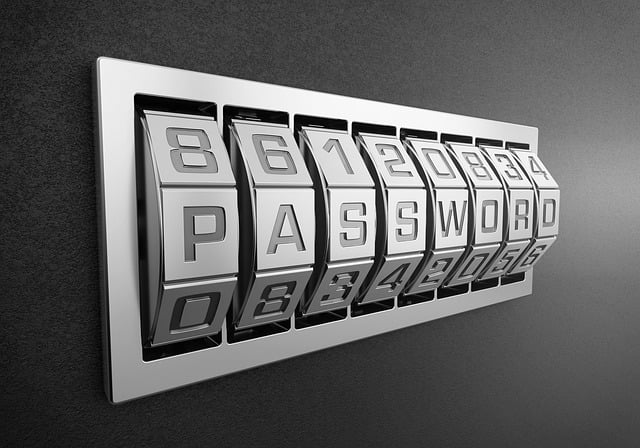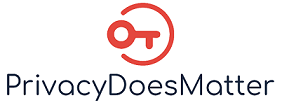Best Practices to Secure Your Password

In todays digital world security and privacy beaches are on the rise, password is your first line of defense. It is essential to keep your password strong.
Following are some Dos and Don’t , which might help you in Password Management and minimize the risk of your data leing compromised.
Do
- Do create complex and unique passwords for every account.
- Do use two-factor authentication (2FA) as an extra layer of security.
- Do make your passwords at least 8 characters long. Try for a minimum of 12-15 characters.
- Use a combination of upper and lower case alphabets, numbers and special characters.
- If you must store passwords somewhere else, know the risks.
- Always logout after you are done.
- Avoid Autosave
Don’t
- Don’t use the most popular password “password,” or any combination of it. “P@ssword!”, “P@55w0rd”
- Don’t use personal information of your family members including you, like name, birth date, anniversary date pincode etc.
- Don’t use passwords as small, single word like king, morning, vegetable.
- Don’t place special characters (@, !, 0, etc.) only at the beginning or the end.
- Don’t share your passwords with anyone else.
- Don’t keep one single password for all your accounts.
- Don’t write your password on paper or write the ATM pin behind the ATM card..
- Don’t use common keyboard patterns like qwertyui, or obvious patterns like 111111, abcd1234 or 09876543.
- Don’t reuse the same password.

